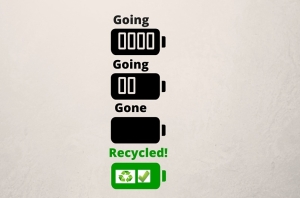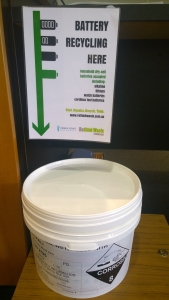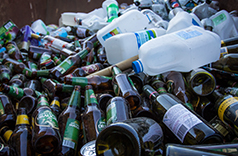The search for great environmental outcomes knows no bounds in northern and north-western Tasmania – and two key groups are ready to get elbow-deep in rubbish to help out.
The Northern Tasmanian Waste Management Group (NTWMG) conducts an ongoing assessment of kerbside recycling bins and the Cradle Coast Waste Management Group (CCWMG) will be restarting assessments on the 14th November 2016, giving residents feedback on how their efforts measure up.
“Things like electrical items, plastic bags and coat hangers can ruin good recyclables, damage collection trucks and even cause injuries to the people who sort your recycling,” according to Harry Galea, the NTWMG chair and Launceston City Council infrastructure services director.
“There is some very real and genuine confusion over what can and cannot be recycled in the kerbside recycling collection.”
The assessment will include three components:
Each kerbside recycling bin under the assessment may be checked up to three consecutive times.
A pass, improvement required or fail sticker or tag will be left on each bin after each inspection.
A form outlining the reason for the decision will be left in the resident’s mailbox.
The NTWMG will be assessing a sample of every suburb and town within the Dorset, George Town, Launceston, Meander Valley, Northern Midlands and West Tamar council areas will be assessed during the next 2 years. While the CCWMG assessments will be at random in each municipality from Smithton to Latrobe.
“This program aims to reduce the high contamination rates found in kerbside recycling bins in the northern and north-western regions through provision of immediate feedback to residents and direct education,” Mr Galea said.
“Reducing the amount of contamination will ensure we’re getting the most out of everyone’s good work in supporting the recycling effort and also reduce the amount of rubbish headed for landfill.”
A project of:
Resources
Our Videos


 hem in the special bins provided.
hem in the special bins provided.